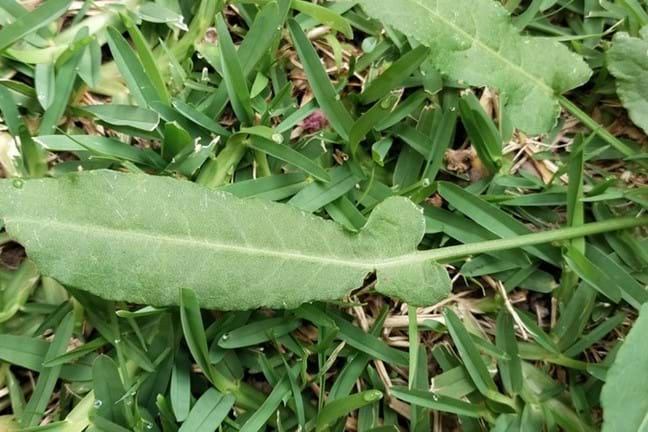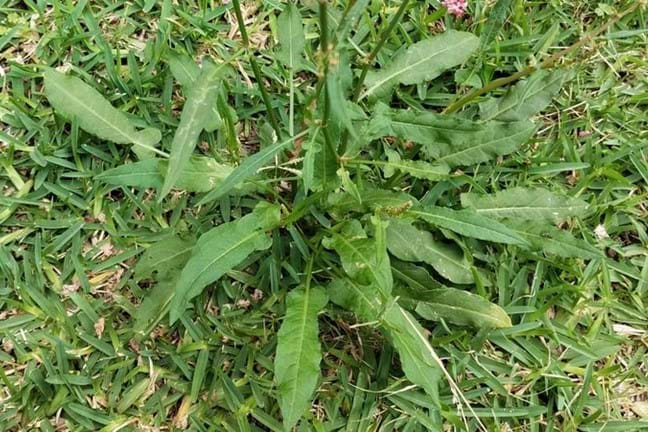Sorrel Control in Your Lawn & Garden
Polygonaceae : Rumex acetosella syn Acetosella vulgaris

Polygonaceae : Rumex acetosella syn Acetosella vulgaris

To control sorrel, spray with Yates Zero Ultra Tough RTU. For dense stands or large infestations, use Yates Zero Super Concentrate. Apply to actively growing plants, spraying all foliage until just wet. Repeat treatments may be required.
Also known as Red Sorrel or Sheep Sorrel, Sorrel is a common and widespread weed of pastures, cultivated lands, and native bushlands. It is native to Europe and north-western Africa, but unlike most exotic or introduced weeds, it is not known how Sorrel arrived in Australia. It's highly suspected to be a contaminant of seed, fodder or agricultural equipment. Its presence as a weed was first recorded in New South Wales in the late 1800s. Since then, it has spread across all states, and tends to be more concentrated in parts with high rainfall.

Sorrel is a perennial herb with a basal rosette of leaves that give rise to multiple slender, upright stems. These are variable in length, growing between 100-500 mm tall. The leaves are green, hairless, and are also variable in size, between 20-70 mm long. Most are shaped like an arrowhead (one central leaf and two smaller leaves at the base) with pointed tips. Tiny flowers (2-4 mm) appear from spring to early summer and can be found in many clusters on the ends of the upright stems. Male and female flowers are borne on separate plants. Female flowers are red with distinctive feathery, cream-coloured stigmas. Male flowers start off green and age red.
Fruits are small (1-1.5 mm) with three distinctive sides. They're rusty-brown and each contain one seed. The seeds are easily dispersed by wind, water, animals, humans, and agricultural equipment. Seeds typically germinate in autumn and winter but can remain viable in the soil for many years. Sorrel can also reproduce vegetatively. It has an extensive network of underground branching stems or rhizomes that readily shoots, allowing the weed to grow into dense clumps. Root fragments can also regenerate into new plants, so care must be taken when cultivating or attempting to manually remove the weed.
Sorrel is also often referred to as Dock – this is a common name for most plants in the Acetosella or Rumex genus. If you're looking to control African Wood Sorrel (Oxalis pes-caprae), please click here.

Sorrel is particularly troublesome in pastures and cultivated land as it outcompetes vegetation and the extensive root system can hinder tilling activities. The foliage contains oxalates and may be toxic to livestock, if grazed in large amounts. However, most animals avoid consuming if other palatable foliage is available.